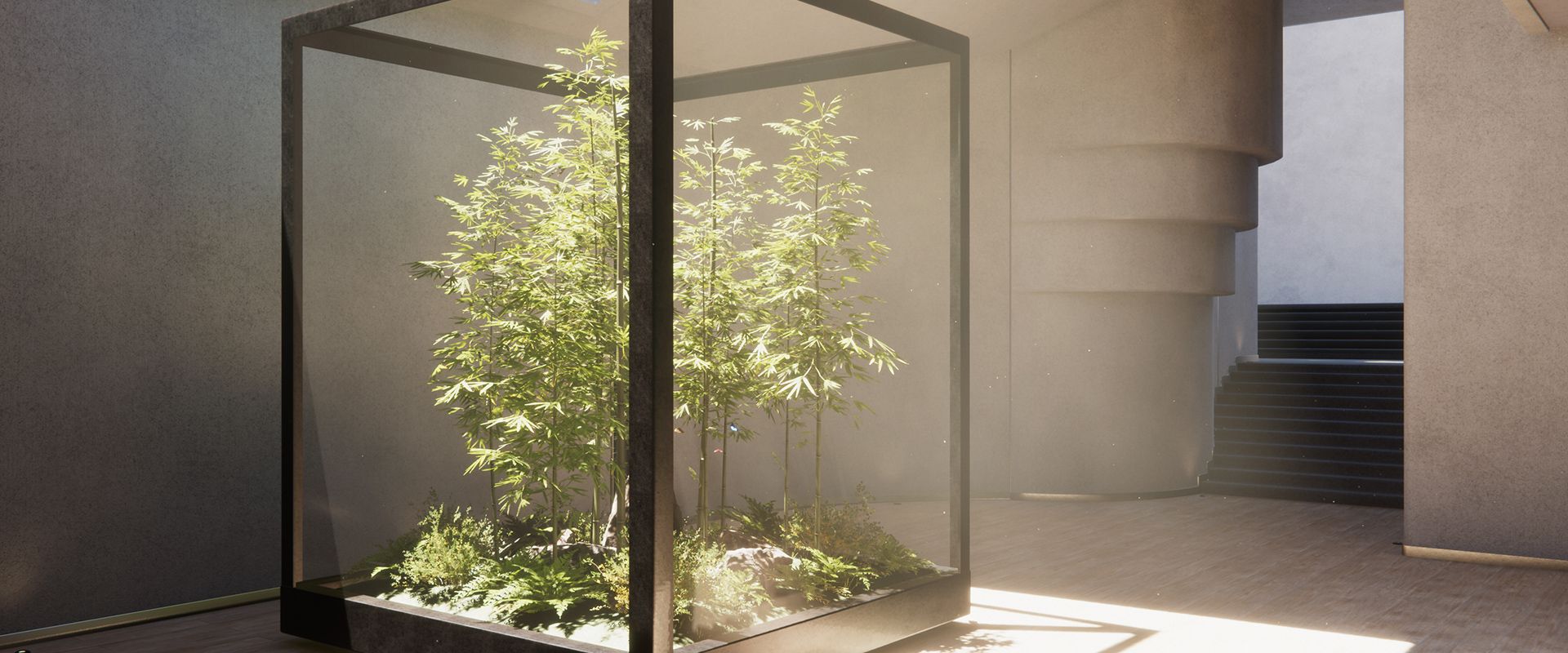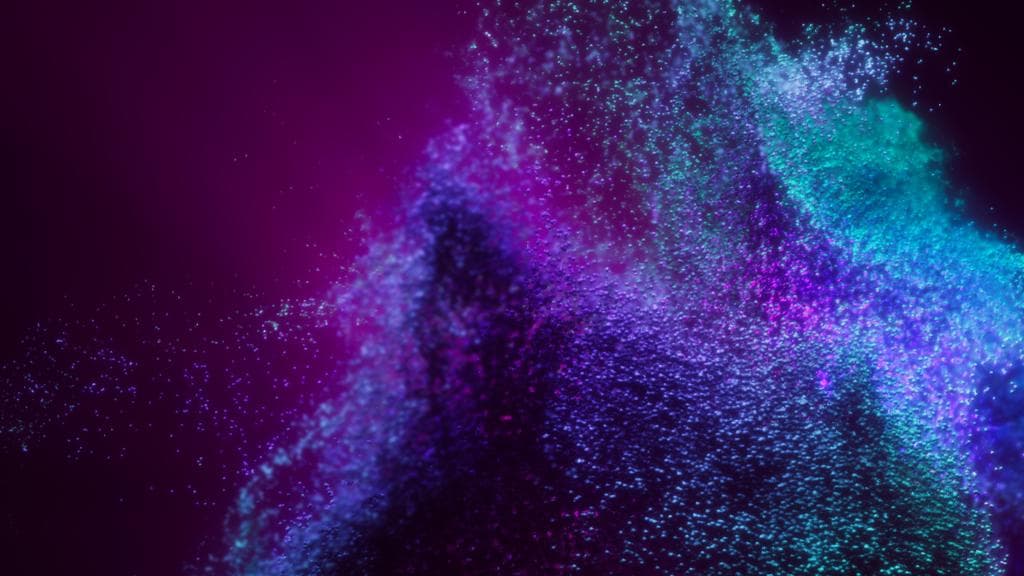
Read on to learn what's new for artist and cinematic tools in 2020.2, and check out the release notes for the full list.

Shader Graph 10.0 includes several new features that improve the workflow for technical artists. Graph Editor performance has been improved. The end point of the Graph is now a modular collection of feature blocks (the Master Stack) rather than a monolithic Master Node. This allows you to easily switch a single graph between shader models such as Lit or Hair. The Graph Inspector consolidates the settings from Master Nodes and other nodes on the graph into a single location, and also controls the active Target and shading model for the graph. The Graph now visually indicates which features and nodes are compatible with the current setting selections. Note that with Unity 2020.2, your existing Graphs will upgrade to use Master Stacks.

Visual Effect Graph updates include the addition of Output Events, allowing users to synchronize lights, sound, physical reactions, or gameplay based on spawn events via a delegate interface in C#. Among the experimental features, Static Mesh Sampling enables the spawning of particles directly from meshes. The Multi Mesh feature allows you to use the same mesh output for up to four meshes, making it easier to add per-particle variety to your effects. With Per Particle LOD, you can optimize your effects by setting LOD meshes based on the screen size in the mesh output. Frustum culling is now available as an optimization to discard the rendering of off-screen particles. Experimental features are hidden behind the Experimental Operators / Blocks checkbox in Preferences > Visual Effect.

The Animation Rigging package is now verified. Animation Rigging enables procedural control of animated skeletons at runtime as well as authoring of new animation clips in the Unity Editor. Create and organize sets of constraints to address your rigging needs. For example, you can create deform rigs with procedural secondary animation to control character armor, props, and accessories. You can create world interaction rigs (sets of IK and Aim constraints) for interactive adjustments, targeting, and animation pose correction. The verified version includes all the features released to date, including bidirectional motion transfer.

For Global Illumination, both GPU and CPU Lightmappers now have a higher bounce limit. In addition, they now useBlue Noise Sampling for improved lightmap quality. The GPU Lightmapper now uses less memory when baking large lightmaps – when memory runs low, progressive updates are disabled and the lightmapper can automatically throttle memory usage internally. This means that you can bake larger projects with GPU Lightmapper.

Recorder API is now available in preview, enabling the programmatic execution of Recorder functionality. This is useful in a Continuous Integration environment, for example, to trigger generation of a new video version whenever an asset is changed. Apple ProRes encoding is now available in the Unity Recorder for native high-quality output that’s optimized for video editing on Mac and PC. More passes like motion vectors are available along with more lighting passes.
HDRP now supports compressed EXR and HDR output for the AOV Recorder. AOV Recorder allows you to export render passes for external compositing in software like Nuke or Da Vinci Resolve.

2D menu items are now displayed in dedicated top-level menus for object and asset creation. We’ve also added menus for some of the newer features. This improved user experience (UX) should be more intuitive for new users and faster for those working on 2D projects.

In the new 2D Animation package version, 2D IK is no longer a standalone package. Improvements include hideable gizmos and better visualization of IK handles. 2D IK allows animators using 2D skeletal animation to save time by automatically calculating the position and rotation of a chain of bones realistically following the parent bone.

Previously, new 2D GameObjects were represented by a small pixel sprite that users had to change to make the GameObject usable. Now, you can pick from among a variety of 2D GameObjects with primitive shapes that will also match their Collider 2D shape, several predefined 2D Physics, Tilemaps and Sprite Shape options – all of which improve gameplay prototyping and general usability. Let us know what you think on the forum.
